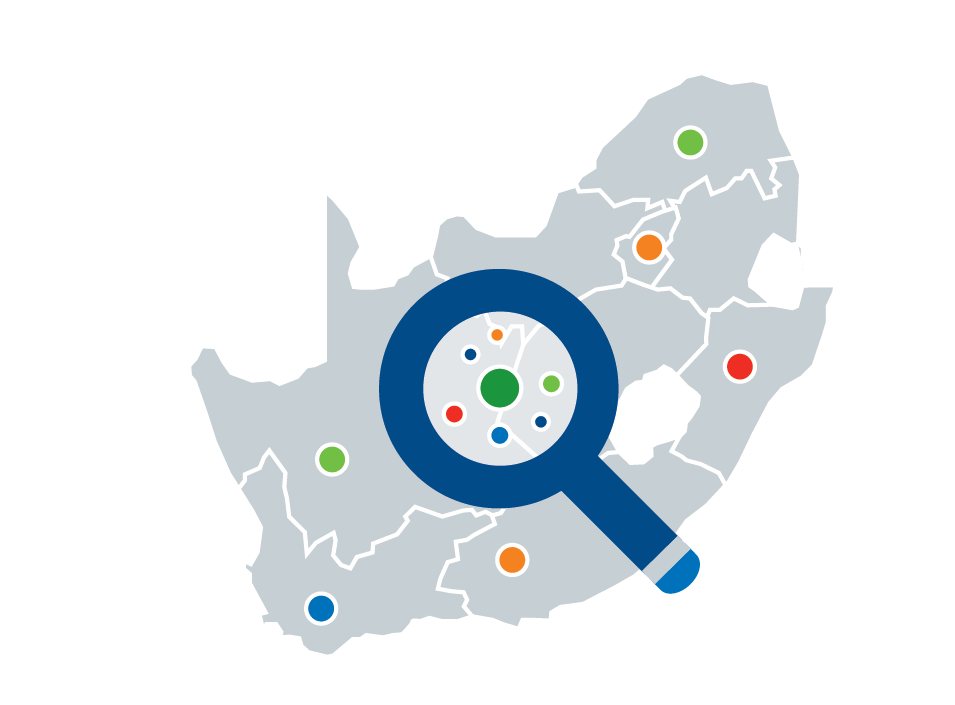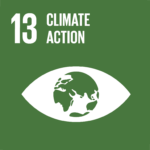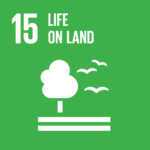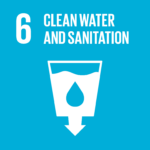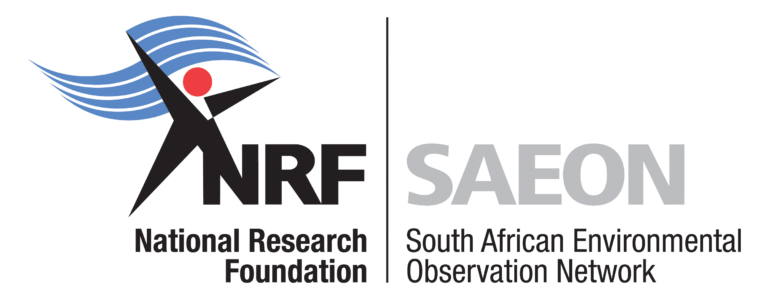Last updated: September 2023| Author: Caroline Mfopa
Overview
Hydrological hazards are defined as “extreme events related to water occurrence, movement, distribution, and the behavior of water in various forms, including rainfall, river flow, flooding, groundwater, and coastal processes”. Hydrological hazards encompass a wide range of phenomena such as floods, flash floods, landslides, avalanches, tsunamis, and droughts (Trajkovic et al., 2016). Hydrological hazards and their impacts are commonly associated with climate variability, changes in demographic trends, and land-cover change. According to the Intergovernmental Panel on climate change (IPCC) Assessment report (AR6) working group one (WGI) assessed with high confidence the increase in the extreme precipitation and associated increase in the frequency and magnitude of river floods.
South Africa has been experiencing above average rainfall since December 2010, that has caused devastation on a scale the country has not seen in many years. The resulting floods have caused unprecedented disruption of services, displacement of people, loss of livelihoods and even worse, loss of life. A national state of disaster was declared in 2022 in 28 district municipalities under 7 provinces, with more affected areas being reported on continuously.
Because of the immense impacts of hydrological hazards on the society and the economy, it is significant to consider novel techniques for the prediction, prevention, and mitigation of hydrological extremes within South Africa. Given the complexity of the nonstationary character of hydro-meteorological and hydro-climatological processes, it is critical to utilize recent technological developments and scientific knowledge to improve our understanding of hydrological hazards and our ability to cope with droughts and floods. This blog reviews hydrological disasters in the South African context, and links available national and international data repositories and tools for data exploration, to assist decision makers (provincial and municipal authorities) to formulate informed decisions based on the available knowledge base for the region.
Impacts of hydrological hazards
Databases
Tools
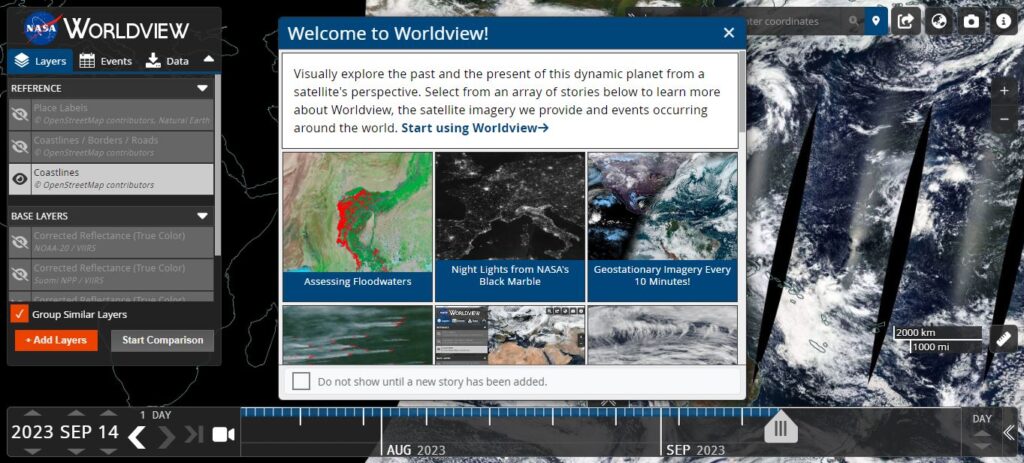
NASA EARTH DATA, Open Access for Open Science
The Earth Science Data Systems (ESDS) Program provides full and open access to NASA’s collection of Earth science data for understanding and protecting our home planet.
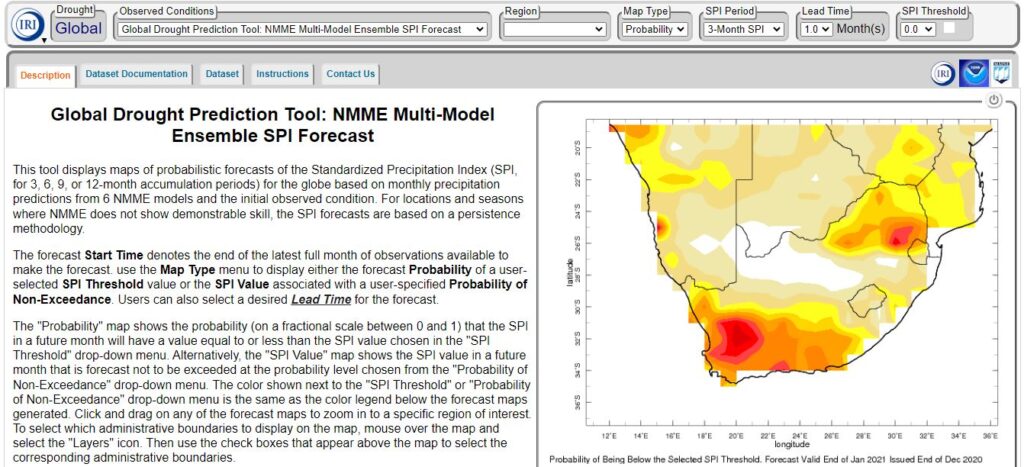
The International Research Institute(IRI) Global Drought Analysis and Prediction Tools
The International Research Institute (IRI) has worked in collaboration with the NOAA Climate Prediction Center (CPC) and the University of Maine to develop a tool that provides probabilistic forecasts of future Standardized Precipitation Index (SPI) as an indicator of drought for various accumulation periods for the globe. In addition to the SPI forecast tool, analyses of observed precipitation conditions using monthly SPI are provided, based upon monthly totals from the CPC's Gauge - OLR Blended (GOB) daily gridded precipitation analysis.
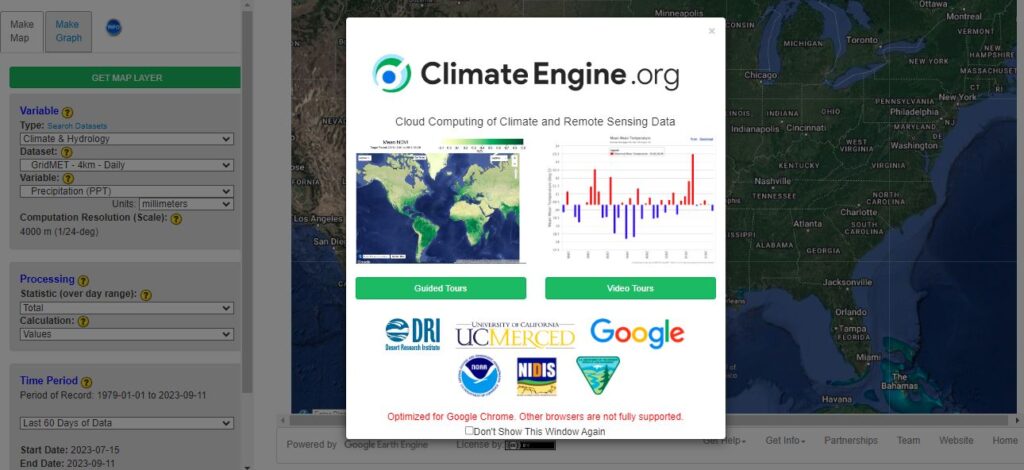
Climate Engine.org
ClimateEngine.org empowers non-commercial users of all technical proficiencies to harness the power of cloud computing to analyze decades of Earth Observations data. Since 2014, the ClimateEngine.org team has developed important partnerships with NOAA’s National Integrated Drought Information System (NIDIS), the Bureau of Land Management (BLM), the US Geological Survey (USGS), Google, the US Forest Service, NASA, the Navajo Nation, and more. These partnerships have been instrumental in bringing Earth Observations data into management operations.
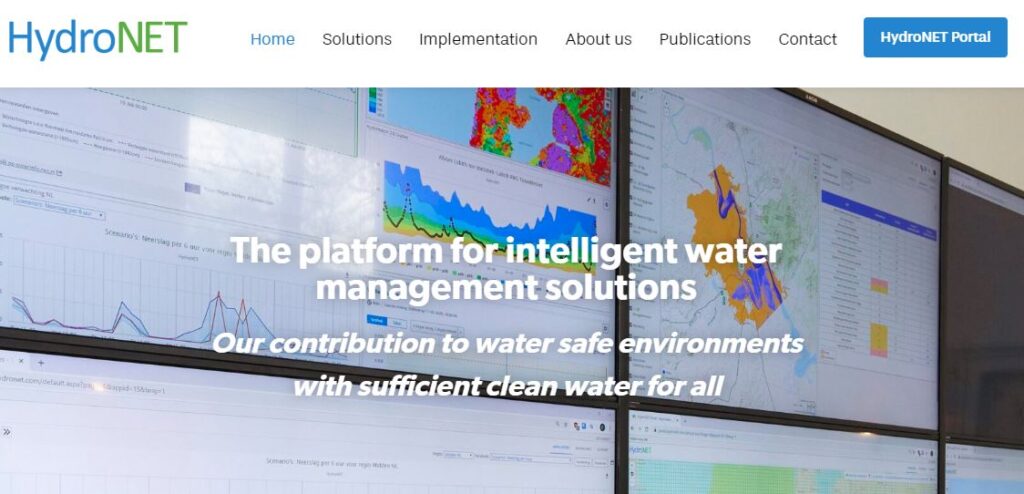
South African Weather Service- HydroNET Web-Portal
HydroNET is a cloud-based decision support system that helps water managers to better anticipate extreme weather conditions by enabling data-driven impactful and accountable water management decisions and for sharing relevant information with stakeholders.
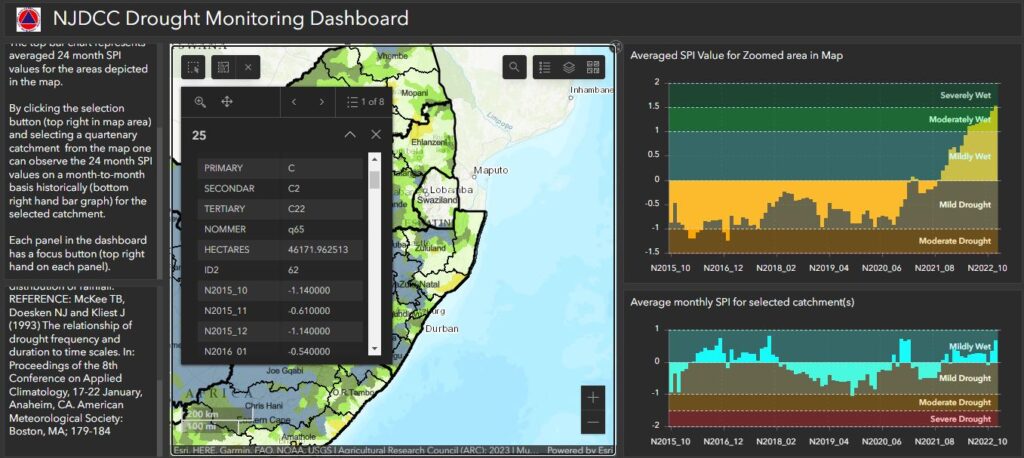
National Disaster Management Center-NJDCC Drought Monitoring Dashboard
The dashboard presents the latest sourced data related to drought (24 month SPI) observations in South Africa. The user can use the navigation tools to zoom in/out or pan to the area of interest.
Reports
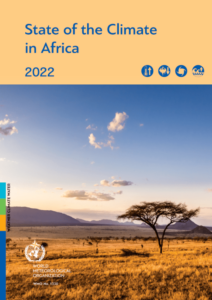
State of the Climate in Africa, 2022, World Meteorological Organization
The report on the State of the Climate in Africa 2022 is the fourth in the series of the annual African report, with a special focus on loss and damage. It is the result of collaboration between African National Meteorological and Hydrological Services (NMHSs), African Regional Climate Centres, the African Union Commission, international institutions, the World Meteorological Organization (WMO), and other specialized agencies of the United Nations. The report provides informed climate analysis, describes notable hydro-meteorological events, impacts and risks, and identifies key climate policies and strategic elements to build a more sustainable and climate-resilience future for Africa.
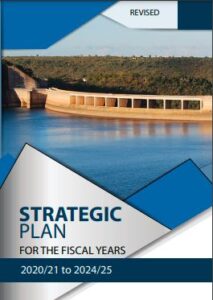
Department of Water and Sanitation, Strategic Plan 2020/21 to 2024/25
The Department of Water and Sanitation through its various programmes continues to effectively manage the country’s water resources to ensure equitable and sustainable socio-economic development and universal access to water and dignified sanitation. The planned activities for the 2023/24 medium term can be summarised in the attached report by clicking on the icon.
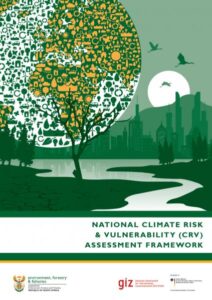
National climate risk and vulnerability (CRV) assessment framework, 2020- Department of forestry fisheries and the environment
The need for this framework stems from the mounting set of demands for various public, private and nongovernmental organisations to undertake climate risk and vulnerability (CRV) assessments for policy, planning, funding, insurance and compliance reasons. These include requirements under the National Climate Change Response Policy (2011), the draft Climate Change Bill, the draft National Climate Change Adaptation Strategy and the Disaster Management Amendment Act 16 of 2015, as well as international funding processes and reporting under the United Nations Framework Convention on Climate Change (UNFCCC).
Bibliography
Lyon, B., M. A. Bell, M. K. Tippett, A. Kumar, M. P. Hoerling, X. Quan, H. Wang, 2012: Baseline probabilities for the seasonal prediction of meteorological drought. J. Appl. Meteor. Climatol., 51, 1222-1237. doi: http://dx.doi.org/10.1175/JAMC-D-11-0132.1
Quan, X. W., M. P. Hoerling, B. Lyon, A. Kumar, M. A. Bell, M. K. Tippett, H. Wang, 2012: Prospects for dynamical prediction of meteorological drought. J. Appl. Meteor. Climatol., 51, 1238-1252. doi: http://dx.doi.org/10.1175/JAMC-D-11-0194.1
Trajkovic, Slavisa, Ozgur Kisi, Momcilo Markus, Hossein Tabari, Milan Gocic, & Shahaboddin Shamshirband. “Hydrological Hazards in a Changing Environment: Early Warning, Forecasting, and Impact Assessment.” Advances in Meteorology 2016 (July 10, 2016): 2752091. https://doi.org/10.1155/2016/2752091.
